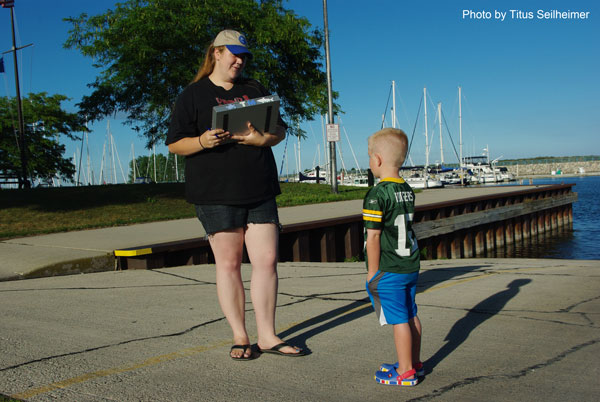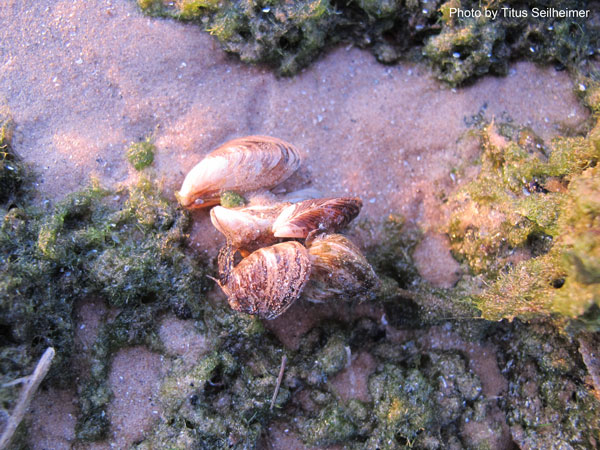Aquatic invasive species (AIS), invaders, exotics—these are the aliens that live among us. For as long as humans have roamed the earth, we have brought other species with us on our travels, both intentionally and unintentionally. The consequences of these movements have been good, bad, and sometimes hard to see. Over time, we realized that these aliens can cause problems to our native ecosystems. Just spend some time on a lake clogged with Eurasian water milfoil; it is not a fun place to boat or swim. AIS can form dense monocultures that are poor habitat compared to the diverse native species that once existed.
The most effective management tool we have against invasive species is prevention. Many prevention activities reduce invasions by decreasing the number of plants and animals being transported. At a Great Lakes scale, ballast water exchange at sea seems to be keeping species from moving into the region. We have had no known AIS species come from ballast water since 2006.






